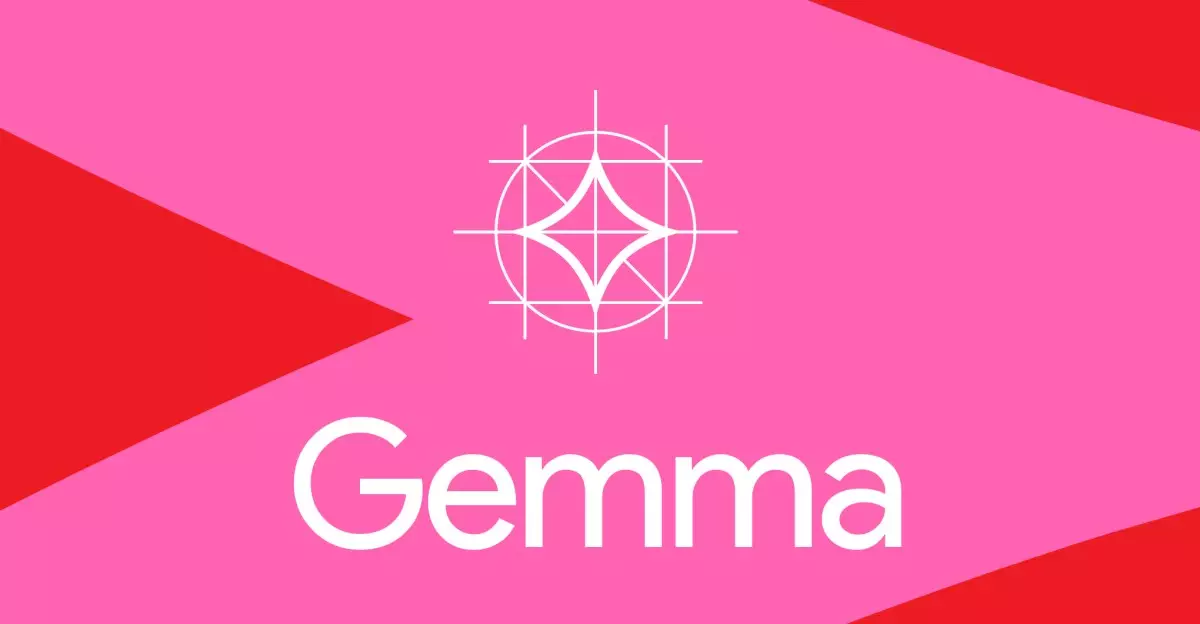In the ever-evolving landscape of artificial intelligence, it is difficult to keep track of how swiftly innovations are redefining our interactions with technology. Gemma, powered by the advanced infrastructure of Google’s Gemini AI, has unveiled its latest iteration: Gemma 3. Beyond merely processing text, this new model boasts the capability to interpret images and short videos, targeting a wide array of applications that developers are poised to harness. Launched over a year after its predecessors, this update is a formidable contender in the realm of AI, promising to facilitate diverse functionalities across various devices.
Performance That Sets New Standards
With ambitious claims such as being the “world’s best single-accelerator model,” Gemma 3 sets its sights on outperforming competitors like Facebook’s Llama and DeepSeek. This is particularly intriguing for developers, as performance on a single GPU often translates to lower hardware requirements, allowing innovative solutions to flourish in more constrained environments. The fact that Gemma 3 is optimized for Nvidia’s GPUs and dedicated AI hardware speaks volumes about its potential, particularly for enterprises that rely on advanced computing. This opens doors not only for large corporations but also smaller developers who may be strapped for resources yet eager to explore the possibilities AI brings.
Enhanced Visual Capabilities and Safety Measures
A noteworthy feature of Gemma 3 is its upgraded vision encoder, which now accommodates high-resolution and non-square images. In a world where visual content dominates social media and marketing strategies, having an AI that can adeptly interpret such varied formats is invaluable. However, it is the accompanying introduction of ShieldGemma 2—a groundbreaking image safety classifier—that raises the bar further. The classifier effectively filters both input and output to exclude content deemed sexually explicit, dangerous, or violent, promoting a safer digital landscape. In a time when concerns around AI-generated content are escalating, such safeguards are essential for ensuring responsible technology use.
Openness and Ethical Considerations
However, one must not overlook the complexities surrounding the classification of “open” AI models. Despite touting advanced features and capabilities, Gemma’s licensing constraints are a topic of ongoing debate within the AI community. While the technology is cutting-edge, the restrictions placed on its use prompt questions about true accessibility and ethical application in our increasingly digital lives. The challenge lies not just in technological advancement but in navigating the moral landscape that accompanies such power.
Empowering Research and Development
To bolster educational pursuits and research, Google is also introducing the Gemma 3 Academic program. Allowing researchers to apply for $10,000 in Google Cloud credits, this initiative holds significant promise for academic inquiry and innovation. By providing accessible resources, Google is fostering an environment where new ideas can flourish, potentially leading to breakthroughs that can reshape industries.
As AI technology continues to advance, models like Gemma 3 represent not just leaps in performance but also fundamental shifts in how we will engage with machines. This evolution beckons both excitement and caution, challenging us to think critically about the future we are building.

